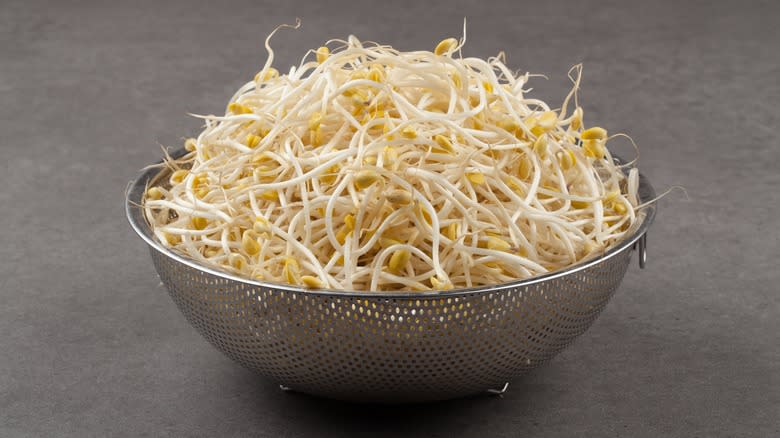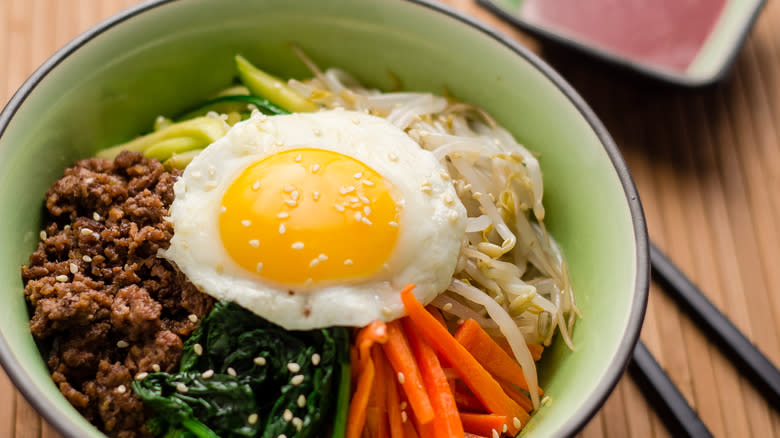Are Canned Bean Sprouts Raw Or Cooked?

Bean sprouts, whether canned or fresh, undergo distinct transformations in their state, flavor, color, and texture depending on whether they are enjoyed raw or cooked. Canned mung bean sprouts, much like their fresh counterparts, initially start out raw. However, the canning process involves subjecting the sprouts to heat, typically through blanching or steam treatment, to ensure preservation and eliminate potential pathogens. That said, canned bean sprouts are indeed cooked, albeit lightly, due to the application of heat during processing. This heat treatment effectively kills any harmful bacteria while retaining much of the sprouts' inherent nutritional value.
Raw bean sprouts, on the other hand, are those that have not experienced any heat treatment beyond what occurs naturally during their growth. Raw sprouts are crisp, with a distinctively earthy, crunchy profile. In terms of color, raw bean sprouts tend to be vibrant white with an opaque appearance. When cooked, bean sprouts weather several notable changes. For instance, their texture softens a fair amount, and they turn a bit more translucent. This evolution is particularly evident in stir-fries and soups, where the sprouts absorb flavors from other ingredients yet maintain a tender, slightly firm consistency and developing a mildly sweet taste.
Read more: Mistakes You're Making With Your Corn On The Cob
Canned Bean Sprouts Are A Convenient Staple

Both raw and cooked bean sprouts are edible, and plenty of meals can be quickly and easily zhuzhed up by the presence of these young, tender shoots. Raw bean sprouts, for example, add a refreshing crunch and a vegetal essence to handhelds like sandwiches and spring rolls. You can even toss raw bean sprouts in chili powder for a spicy, umami salad. Cooked bean sprouts, on the other hand, are versatile ingredients in Asian recipes, particularly bibimbap, stir-fry, ramen, pho, and various noodle dishes, where they contribute a subtle sweetness and tender texture.
It's important to note that canned bean sprouts generally present a lower risk of foodborne illness compared to their raw counterparts. Raw bean sprouts are often deemed riskier to eat and have been associated with outbreaks of foodborne pathogens such as salmonella and E. coli due to their tendency to harbor bacteria in their moist, nutrient-rich environment. Therefore, the U.S. Centers for Disease Control and Prevention recommends cooking sprouts to eliminate these risks by destroying harmful bacteria. Nevertheless, proper storage is still essential to minimize the risk of contamination.
Read the original article on Mashed

 Yahoo Finance
Yahoo Finance 